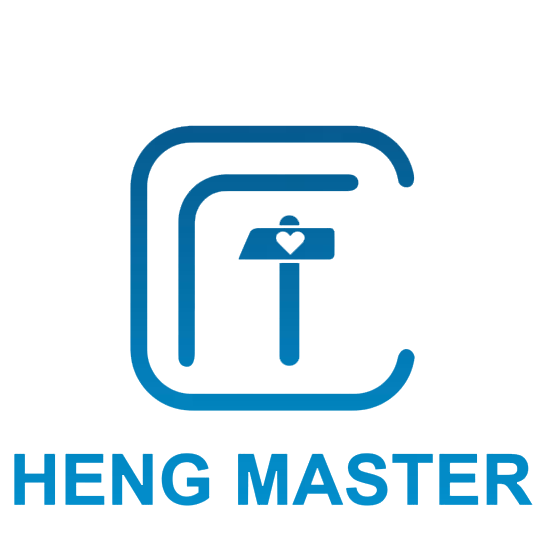Food packaging containers are specialized containers designed to store, protect, preserve, and display food products throughout the supply chain, from production to consumption. Made from a variety of materials including plastic (PET, PP, HDPE), glass, metal, paperboard, and biodegradable composites, these containers are tailored to the specific needs of different food types, considering factors like shelf life, handling requirements, and consumer convenience. For example, plastic containers are commonly used for their lightweight, shatter-resistant properties and are ideal for perishables like dairy products and prepared meals, while metal cans provide long-term preservation for canned fruits and vegetables. Food packaging containers come in various forms, including boxes, jars, bottles, trays, bags, and clamshells, with features like airtight seals, tamper-evident closures, and microwave or freezer compatibility. Airtight seals are crucial for preventing spoilage by reducing exposure to air and moisture, while tamper-evident features ensure product integrity. Many containers are designed to be stackable, optimizing storage space in warehouses, retail shelves, and home kitchens, and some include clear windows or are transparent to enhance product visibility, allowing consumers to assess quality and freshness. They also play a role in branding and communication, with labels providing nutritional information, expiration dates, and usage instructions. Sustainability is an increasingly important consideration, leading to the development of recyclable, reusable, and biodegradable food packaging containers that minimize environmental impact. Whether used by food manufacturers, retailers, or consumers, food packaging containers are essential for maintaining food safety, reducing waste, and ensuring products reach consumers in optimal condition.


Copyright © 2025 by Zhejiang Hengjiang Plastic Co., Ltd. - Privacy policy